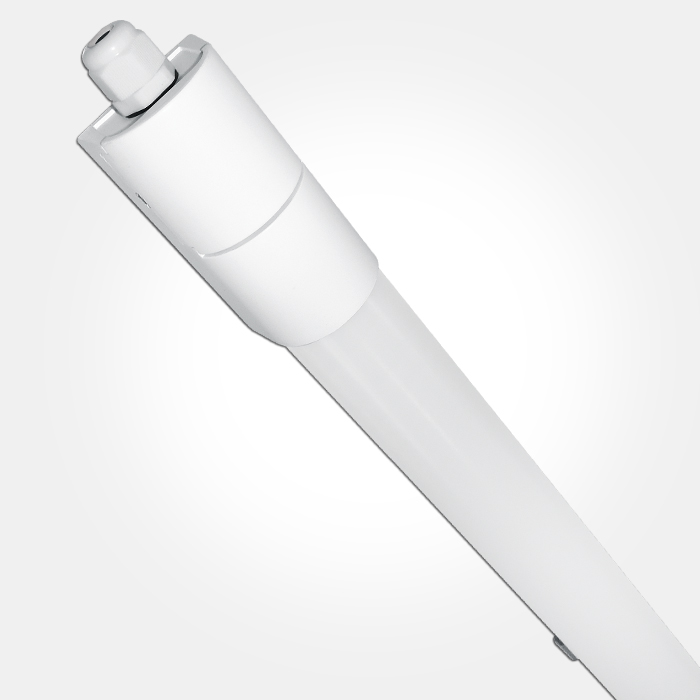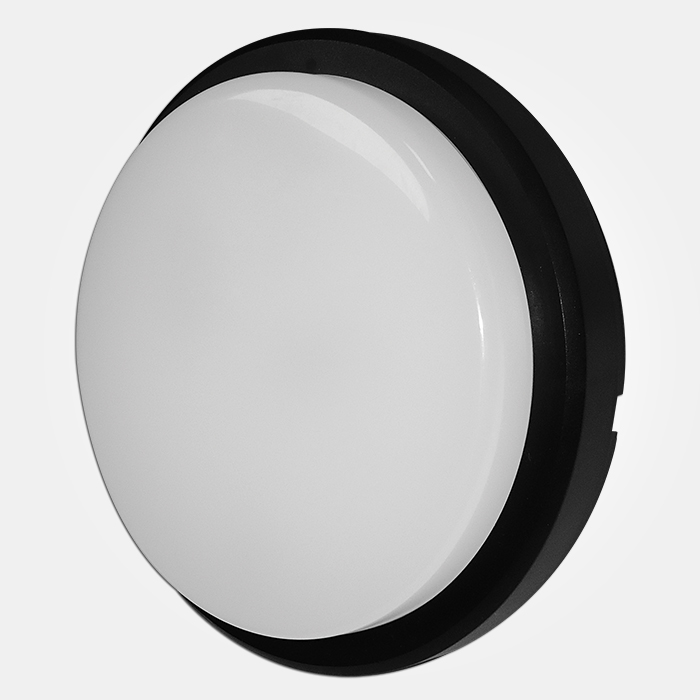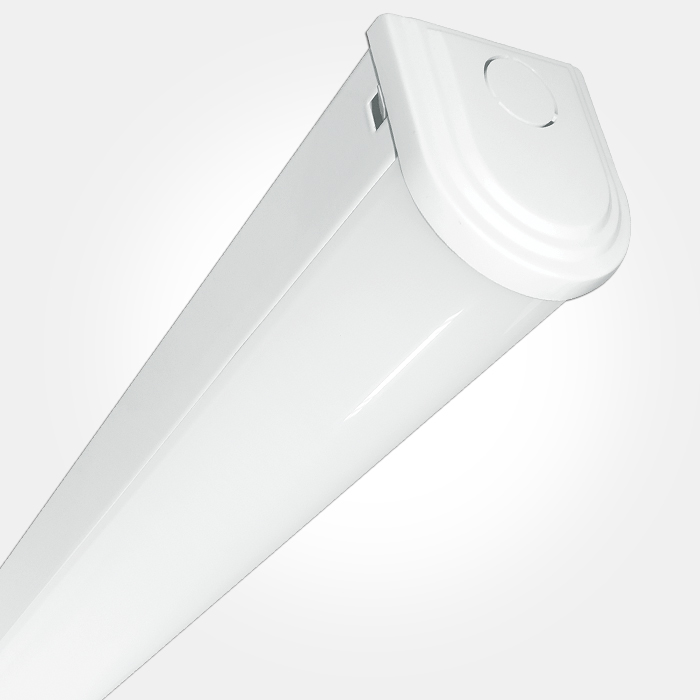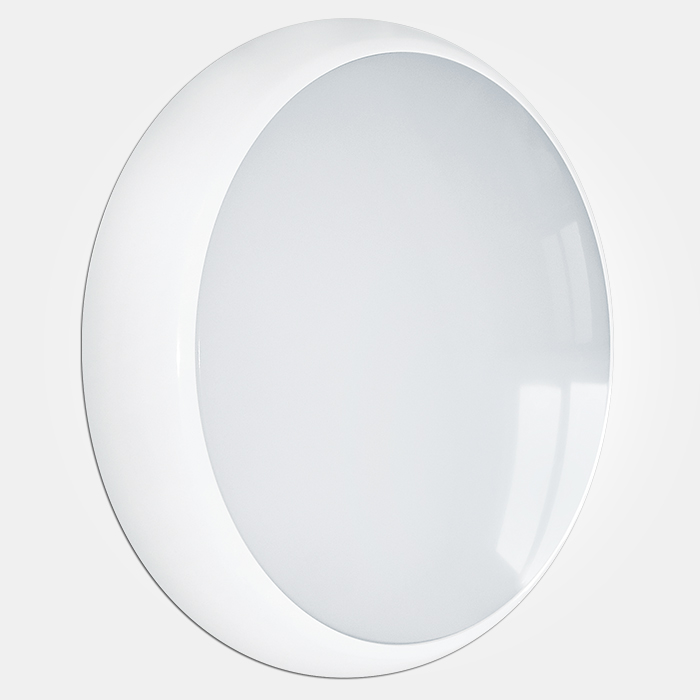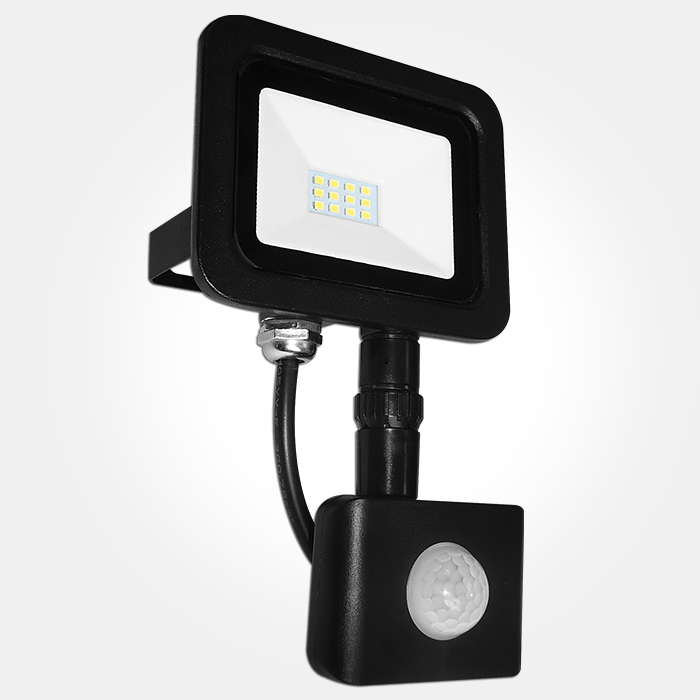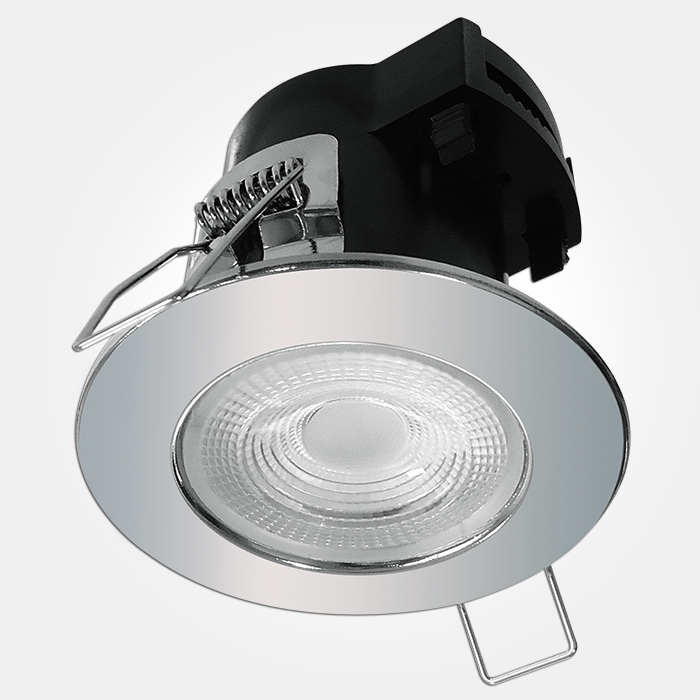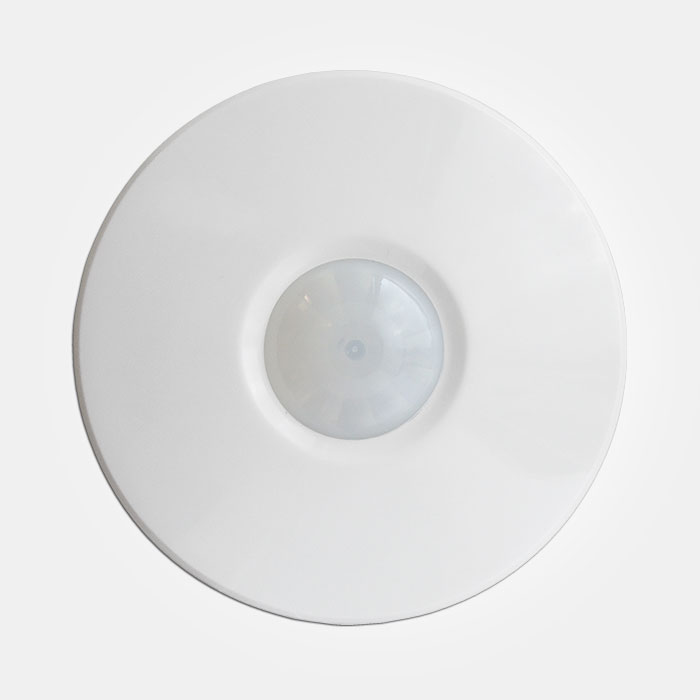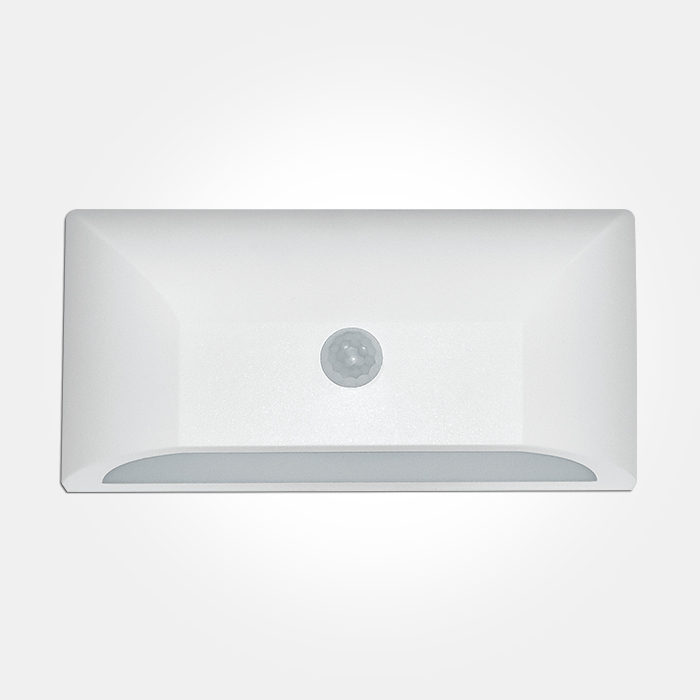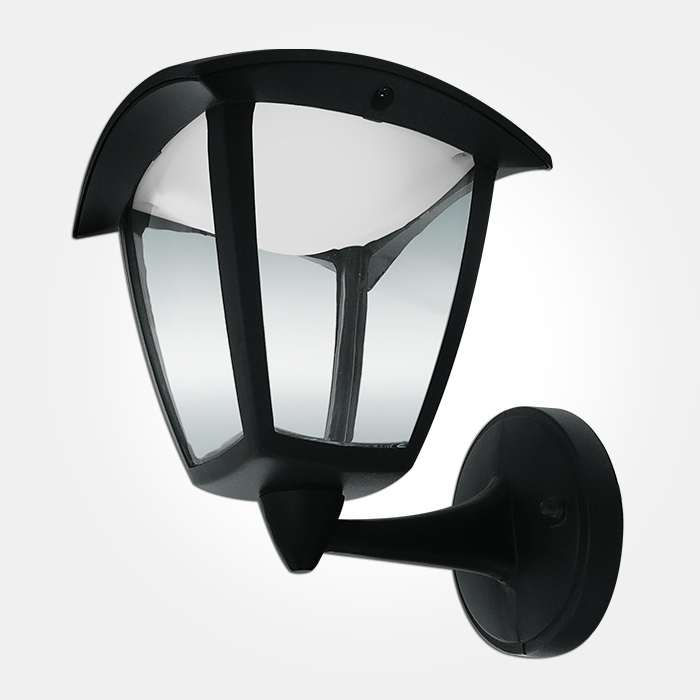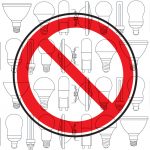How LED Lighting Can Drive Energy Efficiency under MEES Regulation
As sustainability and energy conservation become increasingly critical concerns, governments around the world are implementing regulations to incentivise energy efficiency improvements in buildings. One such initiative is the Minimum Energy Efficiency Standards (MEES) regulation, which aims to enhance the energy performance of buildings. In this blog, we will delve into the MEES regulation and explore how LED lighting can significantly contribute to reducing Energy Performance Certificate (EPC) ratings.
Is Your Property Covered by The MEES Regulations?
The Minimum Energy Efficiency Standards (MEES) regulation was introduced in the United Kingdom in April 2018. The primary goal of this regulation is to encourage property owners and landlords to improve the energy efficiency of their buildings. Under MEES, it is unlawful to let out or renew leases for properties with an EPC rating below an “E” (unless certain exemptions apply). This regulation has far-reaching implications, as it affects both commercial and residential buildings.
If a property has been marketed for sale or let, or modified, in the past 10 years then it will likely be required by law to have an EPC rating.
To find out how to get an energy rating and/or improve an energy rating on your property – please visit the gov.uk website, which also covers cost-caps and ways to fund improvements.
Some notable ways to improve your energy rating are listed below:
- Room-in-roof insulation
- Internal or external wall insulation
- Solid floor insulation
- Increase hot water cylinder insulation
- Draught proofing
- Low energy lighting
- High heat retention storage heaters / dual immersion cylinder
- Solar water heating
- Replace single glazed windows with low-E double glazed windows
- Solar photovoltaic panels
If a local authority believes a landlord has failed to fulfil their obligations under the MEES Regulations, they can serve the landlord with a compliance notice. If a breach is confirmed, the landlord may receive a financial penalty.
The Role of LED Lighting in Energy Efficiency
Lighting is an essential component of any building, and it accounts for a significant portion of energy consumption. Traditional incandescent and fluorescent lighting technologies are known for their energy inefficiency, emitting a substantial amount of heat, and consuming more electricity than necessary. This is where LED lighting steps in as a game-changer.
Energy Efficiency: LED lighting is highly energy-efficient, consuming significantly less electricity compared to traditional lighting technologies. LEDs convert a higher percentage of energy into light, minimising wasted energy as heat. They can achieve energy savings of up to 80% compared to incandescent bulbs, resulting in reduced energy consumption and lower energy bills.
Longevity: LED lights have a remarkably long lifespan, typically lasting 25 times longer than traditional incandescent bulbs. This extended lifespan reduces the frequency of replacements, resulting in reduced maintenance costs and less waste.
Flexibility and Control: LED lighting provides flexibility in terms of brightness, colour temperature, and control options. Advanced LED systems can be integrated with smart lighting controls, allowing for precise adjustment of lighting levels based on occupancy, natural light availability, and time of day. This level of control enables further energy savings by avoiding unnecessary lighting usage.
Reduced Heat Emission: Unlike incandescent bulbs, LEDs emit significantly less heat, reducing the strain on cooling systems in buildings. This indirectly contributes to energy savings by lowering the demand for air conditioning, particularly during hot summer months.
Environmental Benefits: LED lighting is environmentally friendly as it contains no harmful substances like mercury, unlike fluorescent lamps. Additionally, the reduced energy consumption associated with LED lighting helps in lowering greenhouse gas emissions and minimizing the carbon footprint.
How can Eterna Lighting help lower your EPC rating?
Upgrading to LED lighting is an effective strategy for improving EPC ratings and meeting the requirements of the MEES regulation. Here are some steps to consider:
▶ Conduct an Energy Audit
Start by assessing the existing lighting system’s energy usage, efficiency, and potential areas for improvement. This audit will provide insights into the current EPC rating and guide the LED lighting upgrade plan.
▶ Retrofit Existing Fixtures
In many cases, LED retrofit kits are available to replace traditional bulbs in existing fixtures. This allows for a cost-effective LED upgrade without the need for complete fixture replacement.
▶ Optimise Lighting Design
Consider the specific lighting needs of each space and design an efficient lighting layout. Utilise LED fixtures and controls to ensure that lighting is delivered precisely where and when it is needed, avoiding unnecessary energy consumption.
▶ Consider Daylight Harvesting
Incorporate daylight sensors and controls to adjust LED lighting levels based on natural light availability. This approach maximizes energy savings by using natural light whenever possible.
▶ Monitor and Maintain
Regularly monitor and maintain your lighting installation to make sure it is operating efficiently and effectively for the tasks required.
Eterna Lighting is a leading lighting supplier in the UK and Ireland with over 75 years’ experience in the industry, offering excellent support with sales, customer service and technical.
Eterna Lighting can also provide free lighting designs for both general lighting and emergency lighting, and all LED products in the portfolio come with a 5-year warranty as standard.
If you would like to find out how we can support you with improving your EPC rating with a new lighting installation, get in touch with us today!


